Introduction to the Ha Giang Loop
The Ha Giang Loop is a legendary motorbike route in northern Vietnam, celebrated for its rugged mountain landscapes, dramatic limestone peaks, and winding passes. This journey offers a rare glimpse into remote villages and vibrant local cultures rarely encountered by mainstream travelers. As we traverse the loop, the wind rushes past, carrying the scent of pine and wildflowers, while the panoramic vistas of terraced rice fields and emerald valleys unfold at every turn.
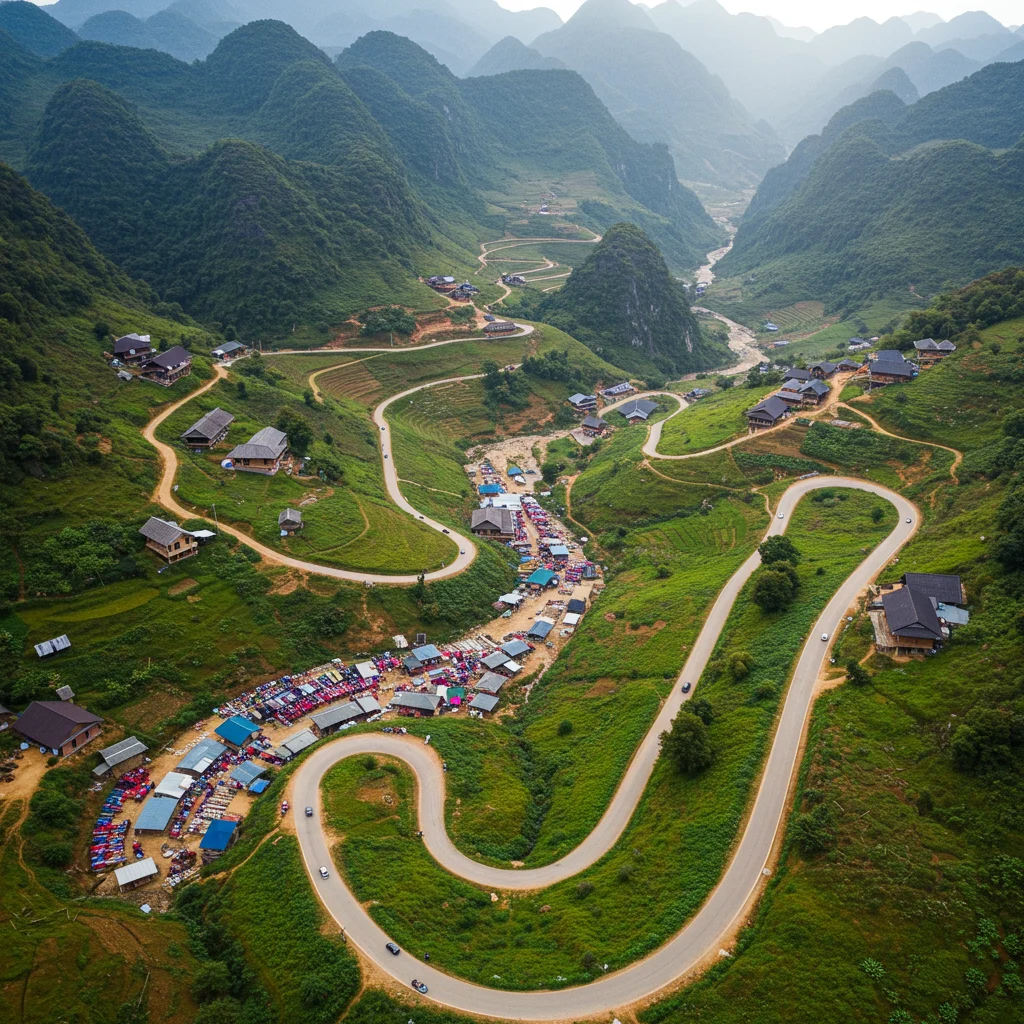
What Makes the Ha Giang Loop Legendary?
The allure of the Ha Giang Loop lies in its combination of natural beauty, challenging roads, and authentic cultural encounters. Riders are greeted by towering cliffs, mist-shrouded valleys, and roads that snake along mountain ridges, offering a sense of adventure that is both exhilarating and humbling. The route is renowned for its untouched landscapes, where each bend reveals new wonders—from cascading waterfalls to ancient stone villages perched on the hillside.

What truly sets the loop apart is the opportunity to connect with diverse ethnic communities, each with their own traditions and stories. The route’s raw authenticity delivers a sense of discovery that seasoned travelers cherish.
History and Cultural Significance
The Ha Giang region has long been home to various ethnic minorities, including the Hmong, Tay, and Dao people. Historically, these groups have shaped the region’s distinct cultural tapestry through their customs, markets, and festivals. The loop itself follows ancient trade routes once used for transporting goods between remote villages and the lowlands.
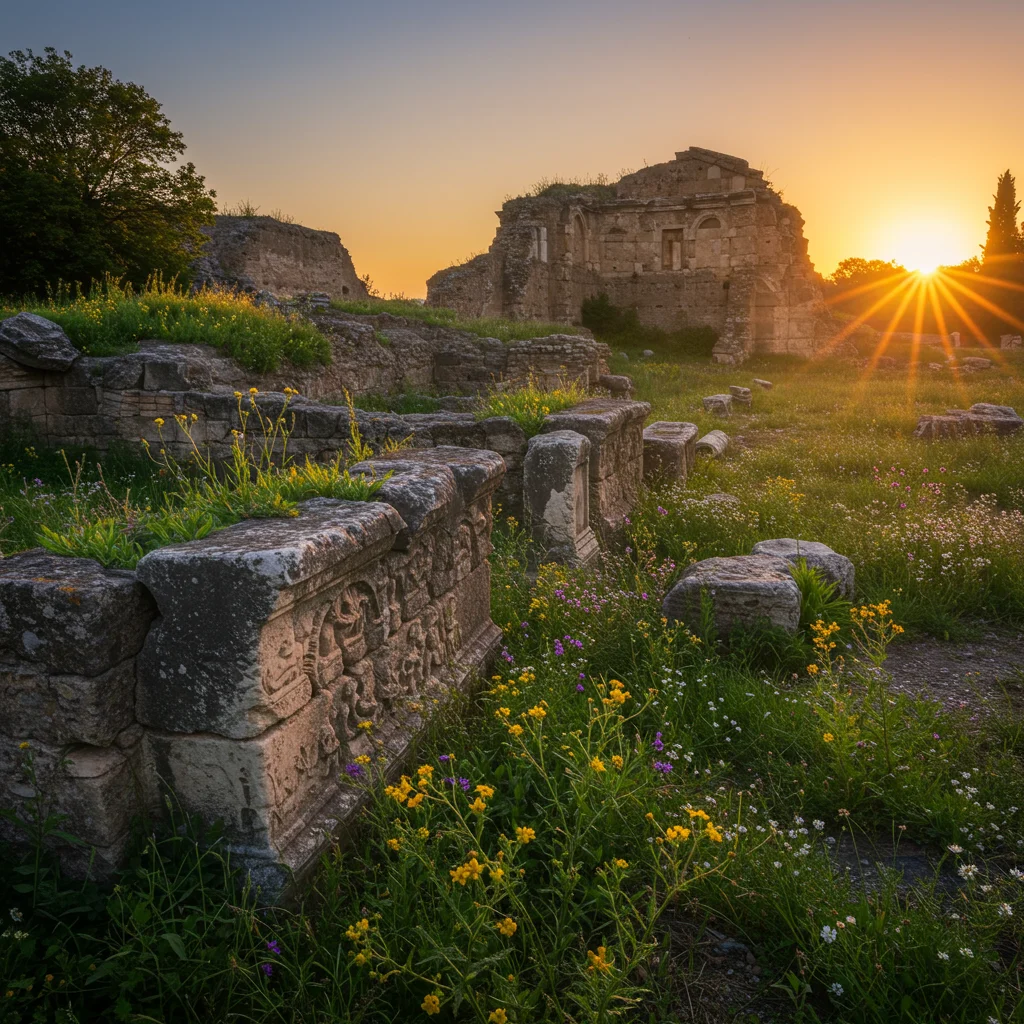
This area’s cultural richness is evident in its traditional stilt houses, colorful textiles, and unique festivals that celebrate the agricultural calendar and ancestral heritage.
Where Is the Ha Giang Loop Located?
The Ha Giang Loop is situated in the far north of Vietnam, bordering China. The route starts and ends in Ha Giang City, meandering through districts like Quan Ba, Yen Minh, Dong Van, and Meo Vac. These regions are characterized by dramatic karst formations and deep valleys carved by the Lo and Nho Que rivers.
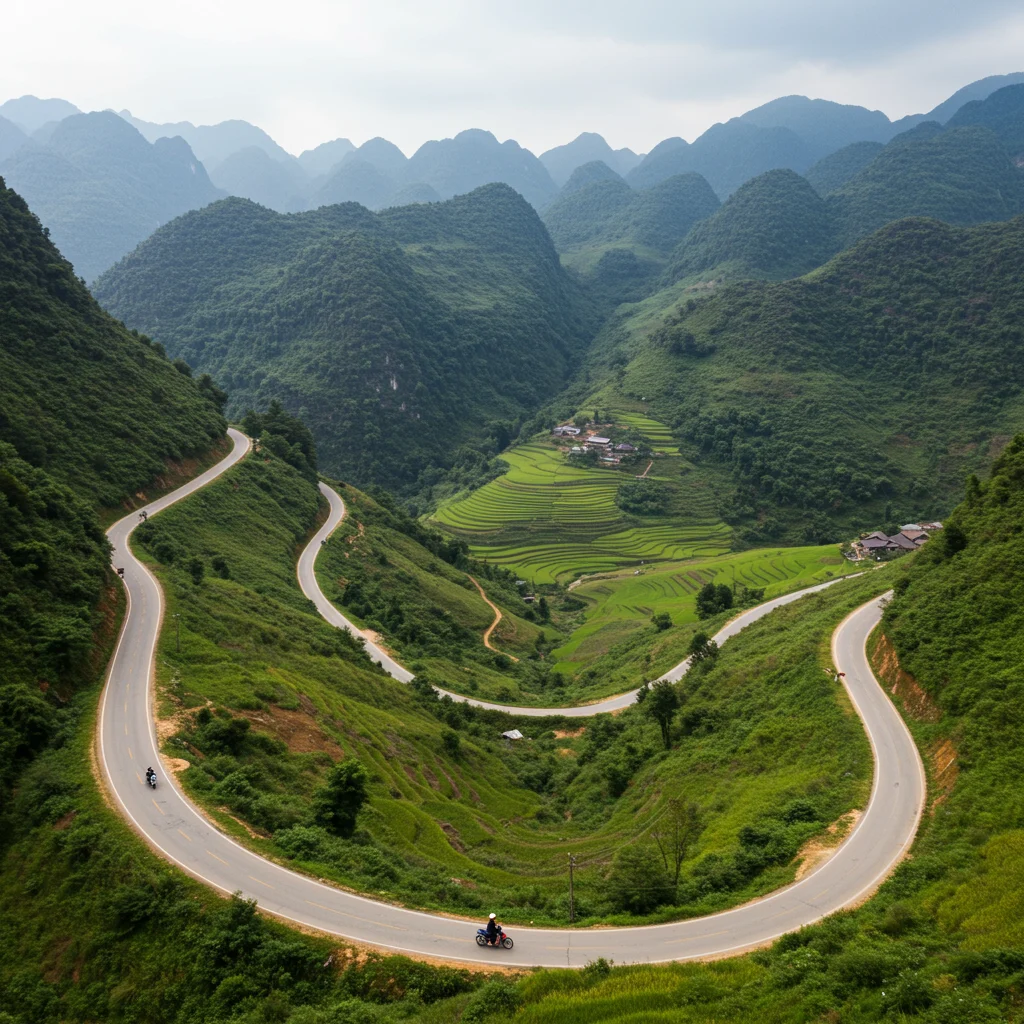
Ha Giang’s remote location makes it a destination for those seeking adventure off the beaten path, far from the bustle of Vietnam’s urban centers.
How Long Is the Ha Giang Loop?
The classic Ha Giang Loop covers approximately 350 kilometers, though the distance can vary depending on detours and side trips. Most travelers complete the journey in three to five days, allowing time to savor the landscapes and local experiences along the way.

Riders can adjust their itinerary based on their interests, with options to extend the journey to explore hidden villages or natural attractions.
When Is the Best Time to Ride the Ha Giang Loop?
Timing your trip to the Ha Giang Loop is crucial for both safety and enjoyment. The region experiences distinct seasons, each offering a unique atmosphere and set of challenges for riders.
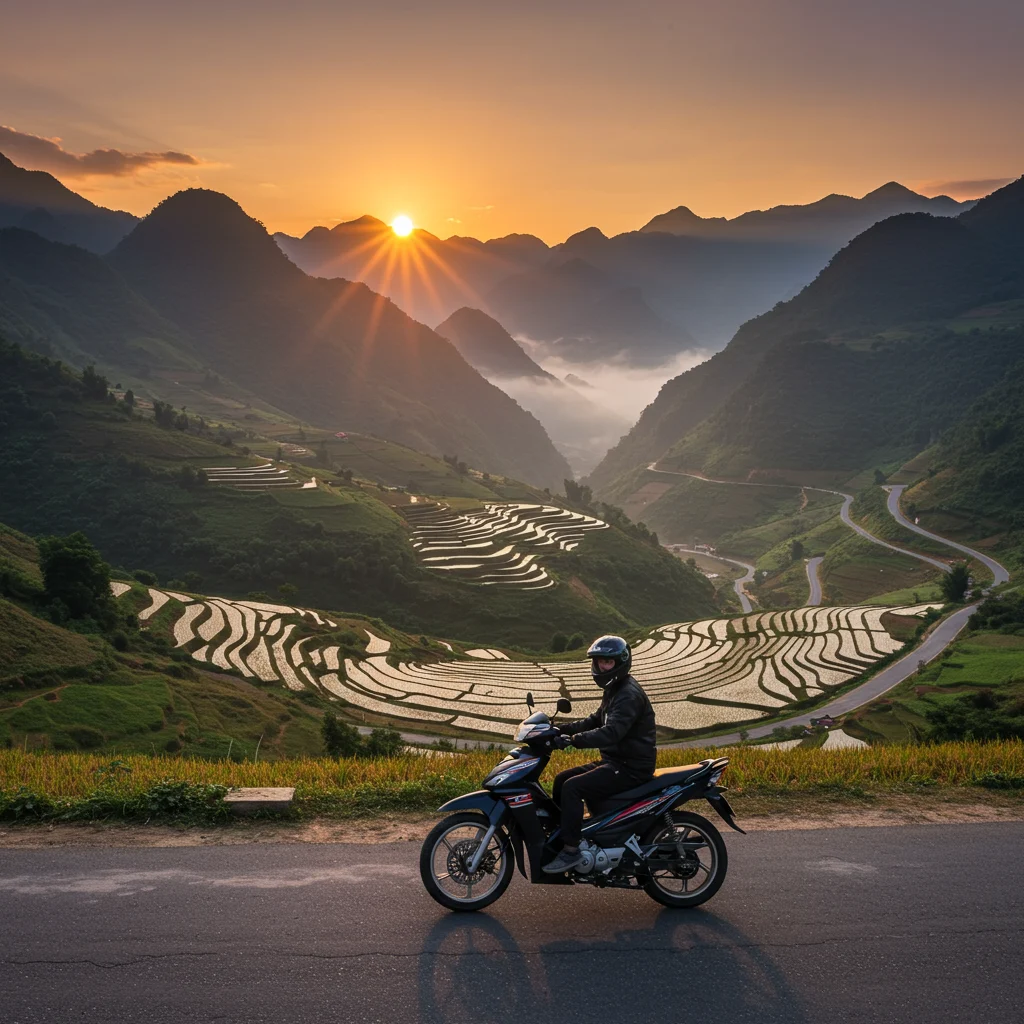
Weather and Seasonal Considerations
The best months for the Ha Giang Loop are from September to November and March to May, when skies are clear, temperatures are mild, and rainfall is minimal. During these periods, the rice terraces are at their most vibrant, and the mountain views are breathtaking.
Winter (December to February) brings cold temperatures and occasional fog, while summer (June to August) can see heavy rains and slippery roads. Travelers should always check the forecast and prepare accordingly.
Festivals and Local Events
Visiting during a local festival offers a deeper connection to Ha Giang’s culture. The Khau Vai Love Market in April and the Buckwheat Flower Festival in late autumn are particularly memorable, featuring music, dance, and colorful traditional costumes. These events provide a lively contrast to the tranquility of the highlands and a window into community life.
How to Get to Ha Giang
Reaching Ha Giang is the first step in your adventure. The journey from Vietnam’s capital, Hanoi, to Ha Giang City is both scenic and straightforward, with several transportation options available.
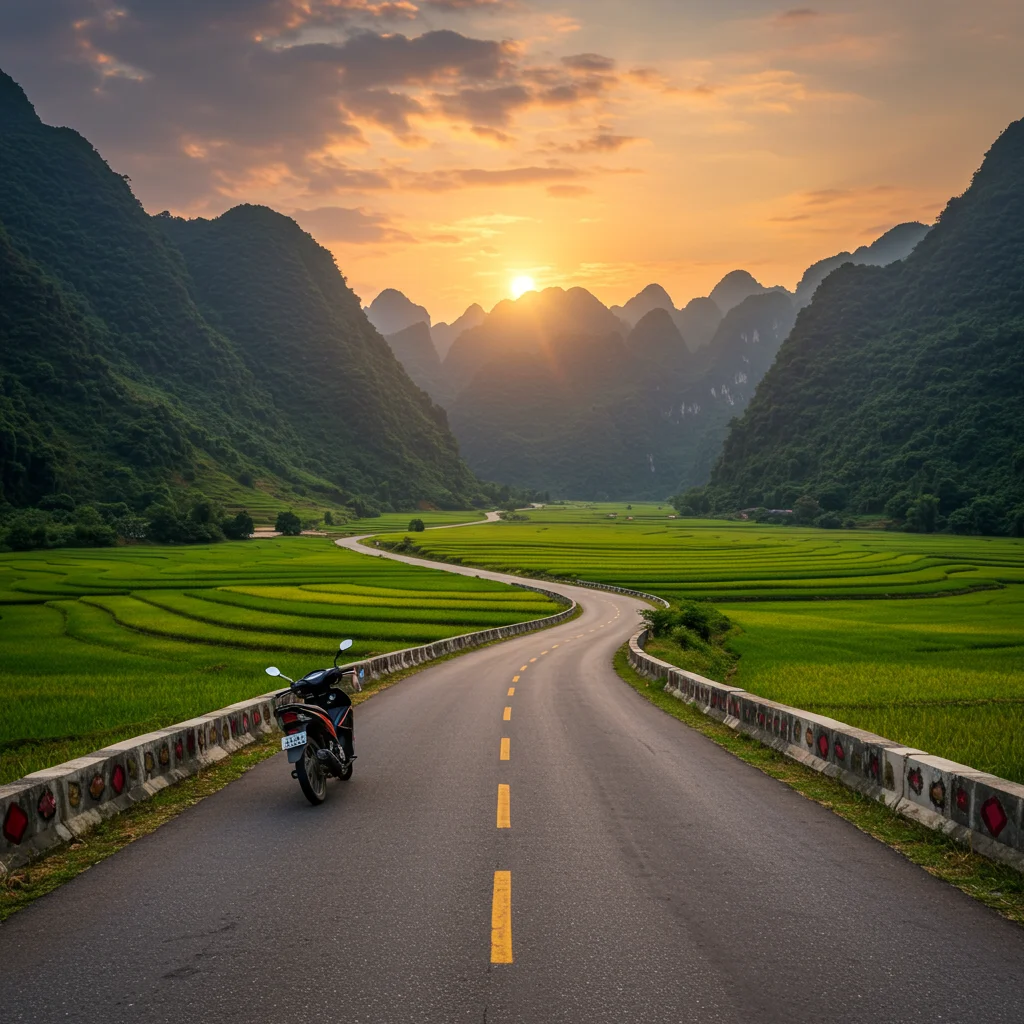
Traveling from Hanoi to Ha Giang
Most travelers depart from Hanoi’s My Dinh Bus Station, with overnight sleeper buses being the most popular choice. The ride typically takes 6 to 8 hours, delivering you to Ha Giang City early in the morning, ready to begin your loop.
For those seeking a more private or flexible journey, car hire and minivan services are also available.
Bus, Train, or Private Car: Which Is Best?
No trains run directly to Ha Giang, so buses and private cars are the primary options. Buses are affordable and comfortable, while private cars offer flexibility and privacy, ideal for groups or families.
Travelers accustomed to scenic road trips, such as those who have enjoyed the Iceland South Coast tour, will appreciate the shifting landscapes on the way to Ha Giang.
Essential Pre-Trip Planning
Proper planning is essential for a safe and enjoyable ride. Key considerations include permits, safety gear, and logistics.

Do You Need a Permit for the Ha Giang Loop?
Yes, travelers are required to obtain a permit to ride through certain districts in Ha Giang, especially near the Chinese border. This document is checked at police checkpoints along the route.
Where to Obtain the Ha Giang Permit
Permits can be obtained at the immigration office in Ha Giang City or through most reputable motorbike rental shops. The process is straightforward and usually takes less than an hour.
Required Documents and Fees
To secure a permit, you need your passport and a small fee (typically around 10 USD). Keep the permit accessible, as you may need to present it at various checkpoints.
Motorbike Rental: What Are Your Options?
Choosing the right motorbike is crucial for comfort and safety on the loop. Rental shops in Ha Giang City offer a variety of models to suit different experience levels and preferences.
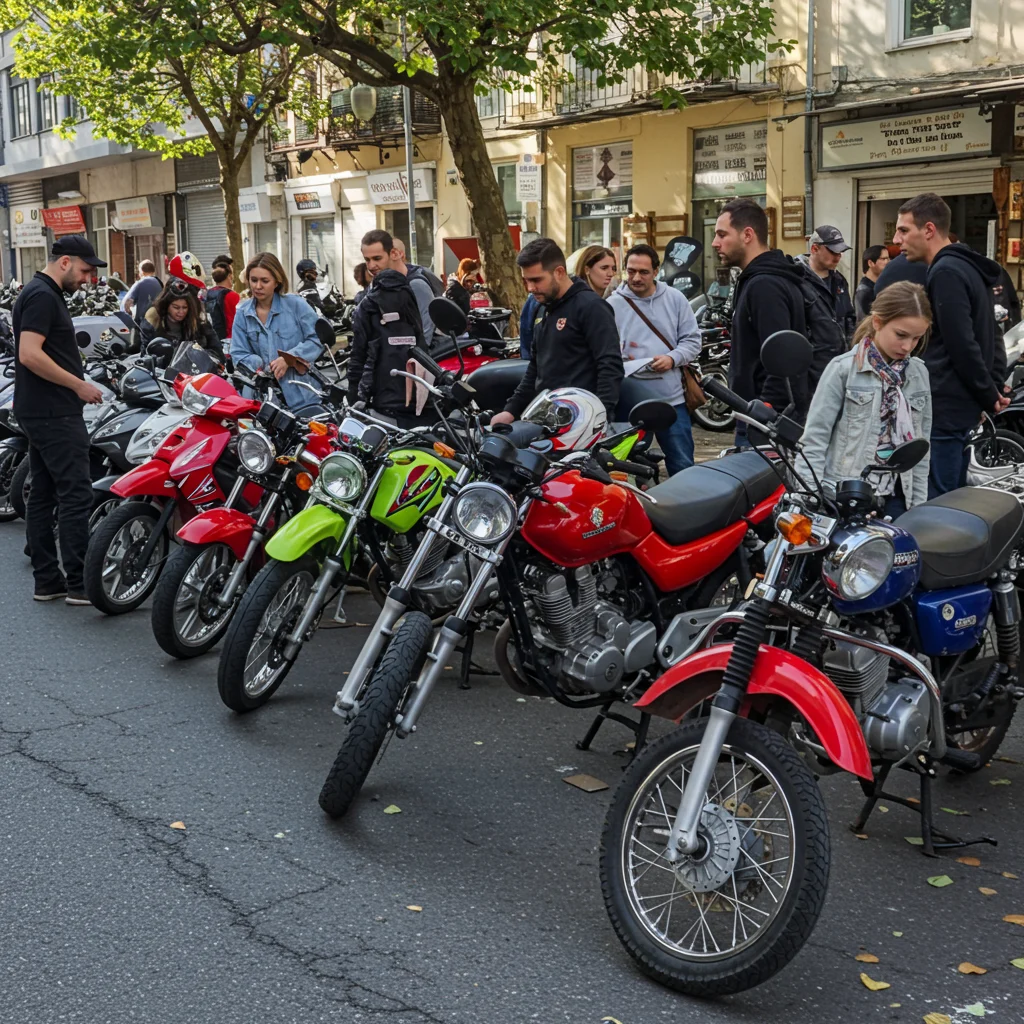
Types of Motorbikes Available
Common options include semi-automatic bikes (110-125cc), manual bikes for more experienced riders, and automatic scooters. Each type offers a unique riding experience, with manual bikes providing greater control on steep or rough terrain.
Choosing the Right Bike for Your Skill Level
Beginner riders often prefer semi-automatic bikes, which balance ease of use with the ability to handle challenging roads. More experienced riders may opt for manual bikes for their power and precision.
Consider your comfort and confidence level before making a selection, as the loop’s mountain passes demand focus and skill.
Where to Rent a Motorbike in Ha Giang
Several reputable rental shops are located in Ha Giang City, many of which offer well-maintained bikes, helmets, and basic safety gear. Some shops also provide route maps and valuable local advice.
Should You Hire an Easy Rider or Go Solo?
Deciding whether to ride independently or with a guide can shape your entire experience. Both options have distinct advantages and considerations.

What Is an Easy Rider?
An Easy Rider is a local guide who leads or drives travelers along the loop, often sharing insights into local history, culture, and hidden gems. This service is ideal for those who prefer not to ride themselves or want a deeper cultural immersion.
Pros and Cons of Hiring a Guide
Guides provide safety, local knowledge, and stress-free navigation. They can also facilitate interactions with local communities. However, hiring a guide can add to the overall cost and may limit flexibility for spontaneous detours.
Self-Guided vs. Guided Tours: Which Is Right for You?
Solo travelers seeking independence may prefer a self-guided adventure, while those new to motorbiking or unfamiliar with the region might benefit from an Easy Rider. Both options offer unique rewards, depending on your priorities and comfort level.
Packing List: What to Bring on the Ha Giang Loop
Packing appropriately is essential for comfort, safety, and adaptability to changing weather conditions on the Ha Giang Loop.
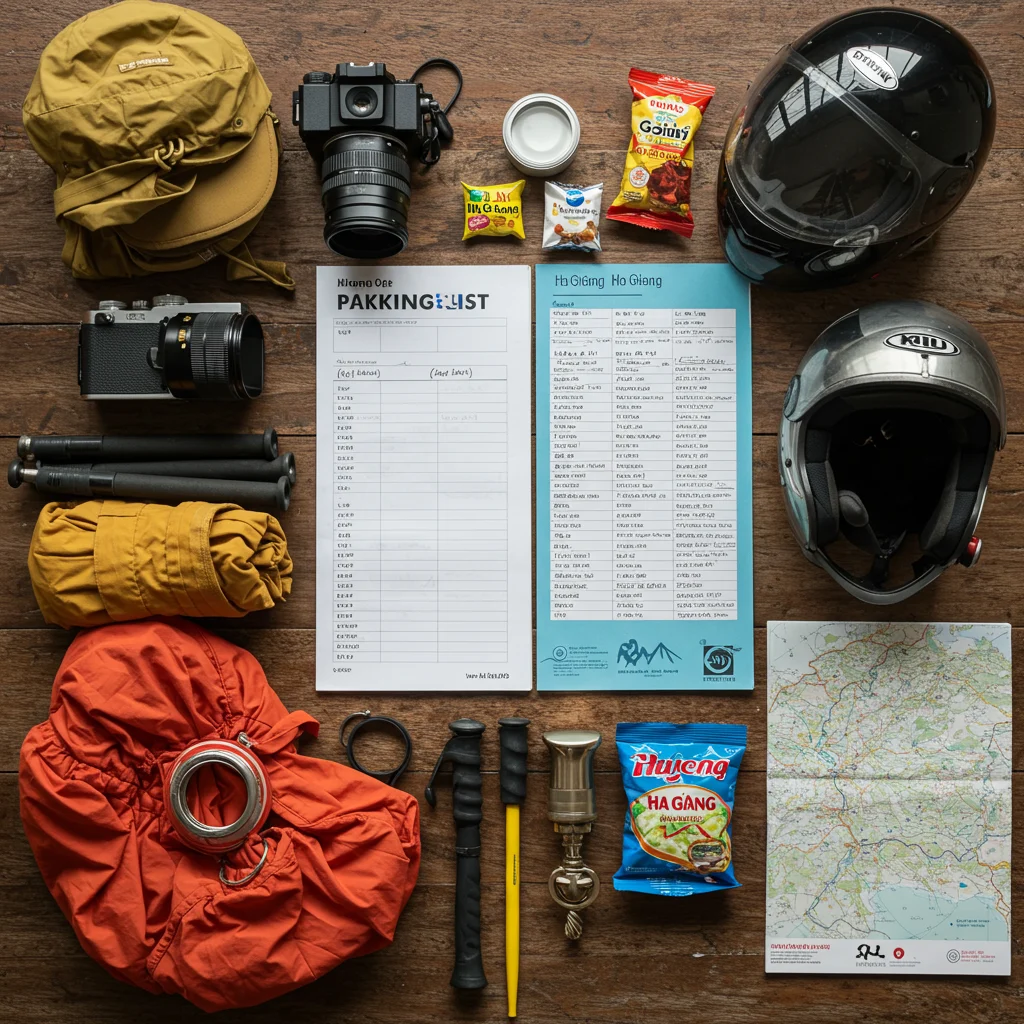
Motorbike Gear and Safety Equipment
We recommend bringing or renting a quality helmet, gloves, knee and elbow pads, and a reflective vest. These items are vital for protection on mountain roads, especially in low visibility or wet conditions.
Clothing and Weather Protection
Layered clothing, a waterproof jacket, and sturdy boots are must-haves. The weather can shift quickly, from warm sun to mist or rain within a single day.
Travel Essentials and Documents
Keep your passport, permit, cash, and emergency contacts secure and accessible. Sunscreen, insect repellent, and a reusable water bottle are also important.
Electronics and Navigation Tools
Bring a fully charged phone with offline maps, a power bank, and a universal adapter. GPS devices or map apps are invaluable for navigation, especially in areas with limited signage.
Ha Giang Loop Route Overview
The route can be tailored to your schedule and interests. Whether you opt for the classic loop or extended variations, each offers a unique perspective on northern Vietnam’s landscapes and cultures.
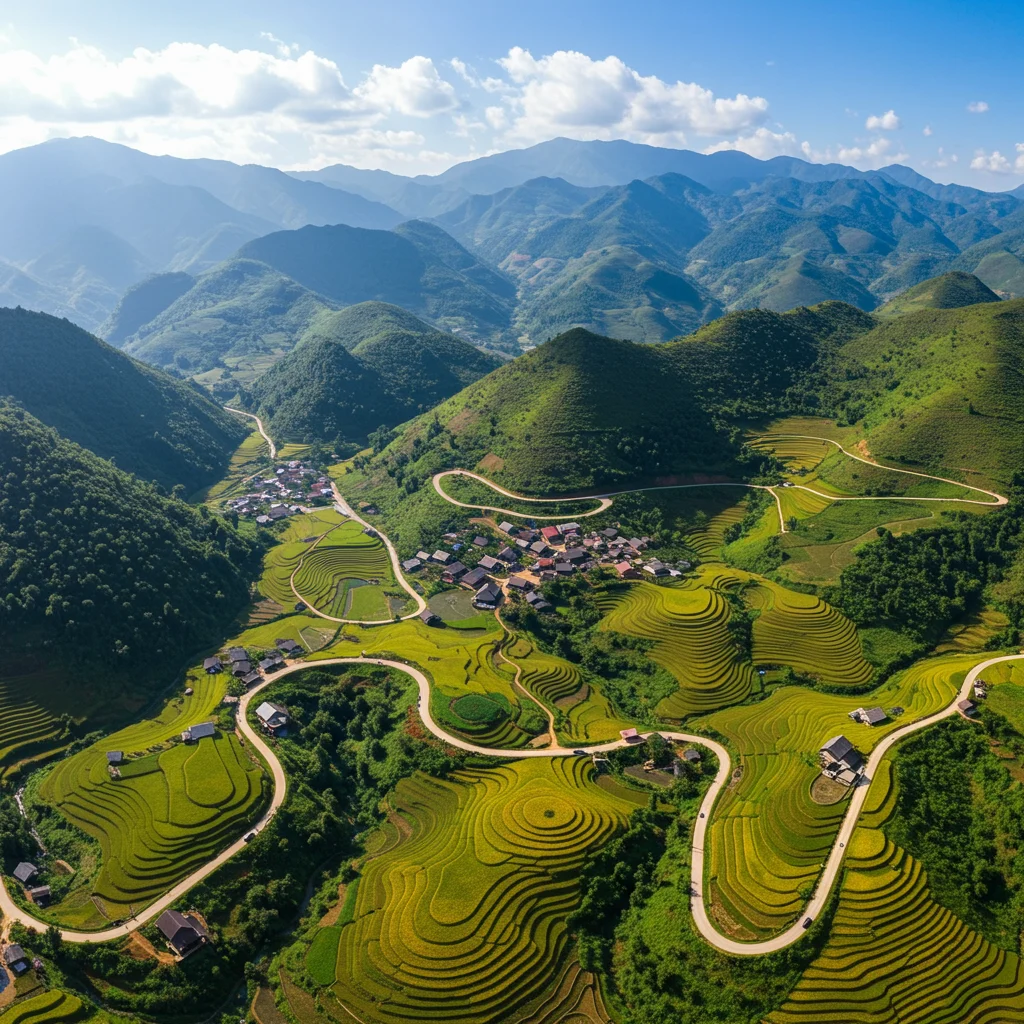
Classic 3-Day Itinerary
The classic route covers Ha Giang City, Yen Minh, Dong Van, and Meo Vac. This itinerary balances scenic highlights with manageable daily distances, ideal for most travelers.
Extended 4-5 Day Loop Options
Adding extra days allows for deeper exploration of villages like Du Gia or Lung Cu, and more time to absorb the atmosphere at each stop. These extended routes are perfect for those who prefer a slower pace and more in-depth experiences.
Reverse Loop: What Are the Advantages?
Riding the loop in reverse offers a fresh perspective on the scenery and can help avoid crowds during peak travel periods. Some travelers find the gradients easier when tackling the route clockwise versus counterclockwise.
Detailed Day-by-Day Itinerary
A well-structured itinerary helps maximize your enjoyment and safety on the Ha Giang Loop. Each day presents new highlights and opportunities to connect with local culture.

Day 1: Ha Giang to Yen Minh
The first day takes you from Ha Giang City through Quan Ba’s “Heaven’s Gate” and the iconic Twin Mountains, with sweeping views of the valleys below. The air is crisp, and the road winds through pine forests and terraced fields.
Highlights and Stops on Day 1
- Quan Ba Heaven’s Gate and Twin Mountains
- Traditional Hmong villages
- Local markets in Tam Son
Accommodation Options in Yen Minh
Yen Minh offers a range of homestays and guesthouses, many set amid tranquil village settings. Staying with a local family provides an authentic glimpse into daily life and warm hospitality.
Day 2: Yen Minh to Dong Van
This stretch features dramatic limestone peaks and narrow mountain passes. The landscape becomes more rugged, with ancient stone houses and vibrant fields of buckwheat flowers in season.
Must-See Sights on Day 2
- Dong Van Karst Plateau Geopark
- Hmong King’s Palace
- Traditional markets
Where to Stay in Dong Van
Dong Van offers both rustic homestays and comfortable hotels, many with views of the surrounding karst formations. Booking ahead is recommended during peak festival seasons.
Day 3: Dong Van to Meo Vac
The highlight of day three is the ascent of Ma Pi Leng Pass, one of Vietnam’s most spectacular roads. The sheer cliffs and winding path provide a thrilling ride and some of the best views in Southeast Asia.
The Ma Pi Leng Pass Experience
As experts often say:
“The Ma Pi Leng Pass is not just a road—it’s a journey through the heart of Vietnam’s wildest landscapes, where every curve reveals a new marvel.”
Stopping at the viewpoints, you can feel the cool mountain wind and take in the panoramic vistas of the Nho Que River far below.
Overnight in Meo Vac: Best Options
Meo Vac has a growing selection of accommodation, from simple guesthouses to boutique lodges. Many travelers choose to stay in a local homestay to enjoy home-cooked meals and stories from their hosts.
Day 4: Meo Vac to Ha Giang (Optional)
Some travelers opt for a fourth day, taking a more leisurely return route with additional stops in villages or natural hot springs. This option is ideal for those who want to avoid rushing and savor the scenery.
Alternative Routes and Detours
The Ha Giang Loop offers numerous opportunities for detours, each revealing lesser-known aspects of the region. These alternative routes reward adventurous spirits with quieter roads and unique encounters.
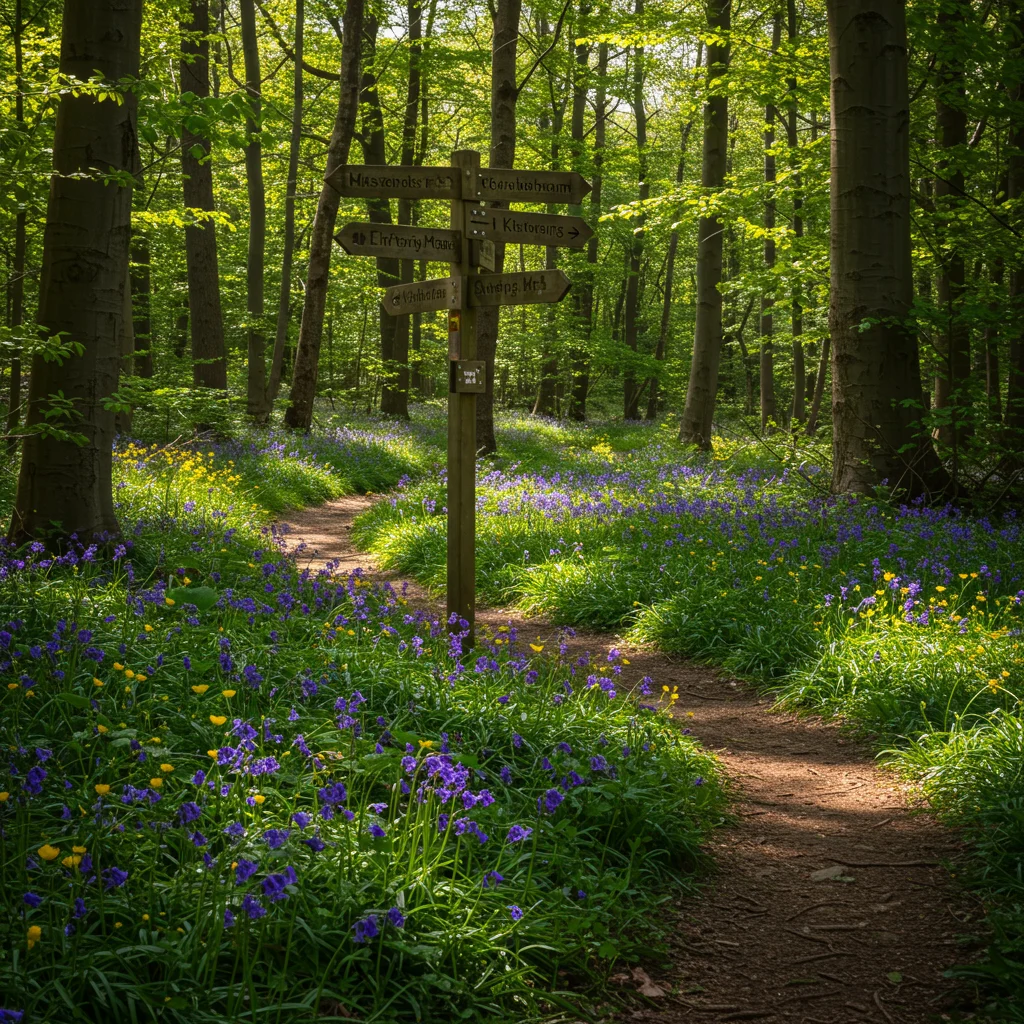
Exploring Du Gia: Is It Worth the Detour?
Du Gia is a peaceful village surrounded by lush rice fields and waterfalls. If time permits, spending a night here offers a tranquil escape and a chance to swim in natural pools or hike to nearby viewpoints.
Additional Villages and Hidden Gems
Other worthwhile stops include Lung Tam (famous for traditional weaving), Lo Lo Chai Village, and the Lung Cu Flag Tower. These detours offer rich cultural experiences and stunning scenery away from the main route.
Travelers who appreciate discovering off-the-beaten-path destinations may also be interested in our post about the Tulum Ruins and Akumal for a similar sense of adventure.
Top Attractions Along the Ha Giang Loop
The loop is dotted with iconic landmarks and natural wonders. Each attraction provides a unique window into the region’s geology, history, and way of life.
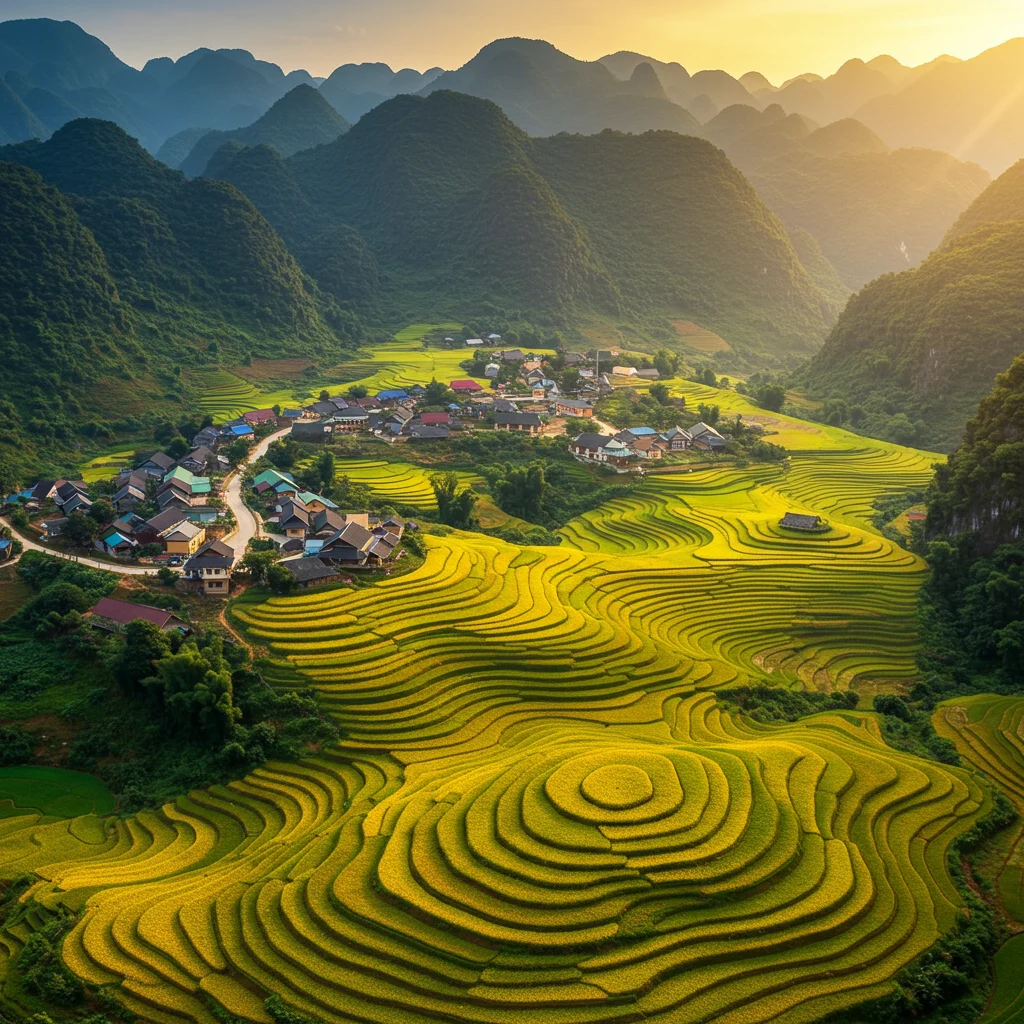
Ma Pi Leng Pass: The Crown Jewel
Ma Pi Leng Pass stands as the most dramatic stretch of the loop, with sheer cliffs and a winding road that hugs the mountainside. The views from the pass are nothing short of breathtaking, especially at sunrise or sunset.
Dong Van Karst Plateau Geopark
This UNESCO-recognized geopark is renowned for its towering limestone formations and rich biodiversity. The area’s geological history spans millions of years, making it a must-visit for nature lovers and geology enthusiasts.
Hmong King’s Palace
Located near Sa Phin Village, the Hmong King’s Palace is an architectural gem that reflects the history and power of the Hmong people. Its intricate woodwork and stone courtyards offer a glimpse into a bygone era.
Lung Cu Flag Tower: Reaching Vietnam’s North
Standing atop Dragon Mountain, the Lung Cu Flag Tower marks the northernmost point of Vietnam. Climbing the tower rewards visitors with panoramic views of the valleys and villages below.
Quan Ba Heaven’s Gate and Twin Mountains
This scenic pass is the gateway to the Dong Van Plateau, offering sweeping vistas and the unique sight of the “Fairy Bosom” Twin Mountains rising from the valley floor.
Local Culture and Ethnic Diversity
Ha Giang’s cultural landscape is shaped by the traditions and lifestyles of its many ethnic groups. Travelers are welcomed with warmth and curiosity, making cultural interaction a highlight of the journey.
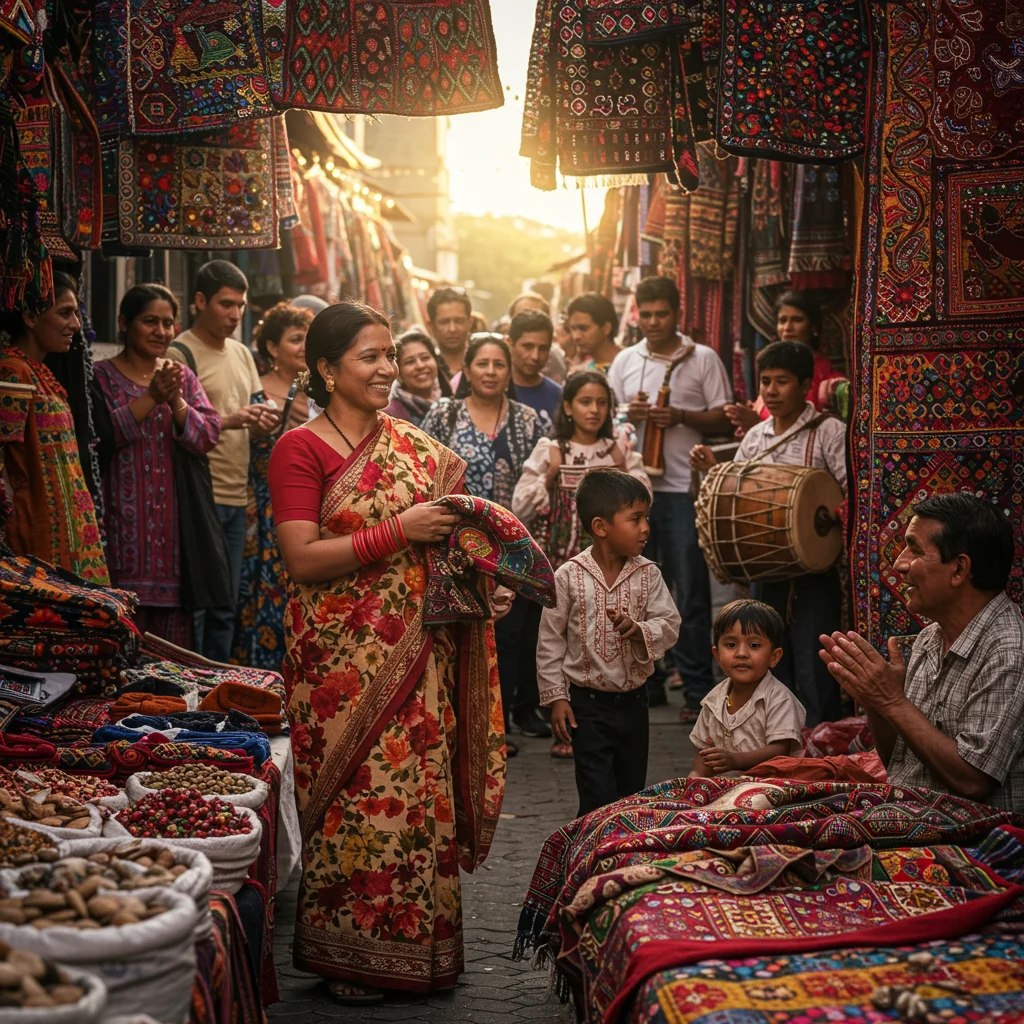
Which Ethnic Groups Live in Ha Giang?
The region is home to Hmong, Tay, Dao, Lo Lo, and other minority communities, each with their own language, dress, and customs. These groups have preserved their heritage through generations, visible in their architecture, festivals, and daily life.
Traditional Markets and Festivals
Weekly markets are vibrant affairs, where villagers gather to trade goods, socialize, and celebrate. Festivals mark important events in the agricultural calendar and are characterized by music, dance, and colorful costumes.
Cultural Etiquette: How to Interact Respectfully
We recommend dressing modestly, asking permission before taking photos, and learning a few basic greetings in the local languages. Showing respect for local customs helps build trust and enriches your experience.
For further inspiration on respectful travel in culturally rich destinations, see our tips in the Angkor Wat travel guide.
Food and Drink on the Ha Giang Loop
Culinary experiences are an integral part of the Ha Giang Loop, with each district offering unique specialties and flavors. Meals are often shared communally, fostering a sense of connection with hosts and fellow travelers.
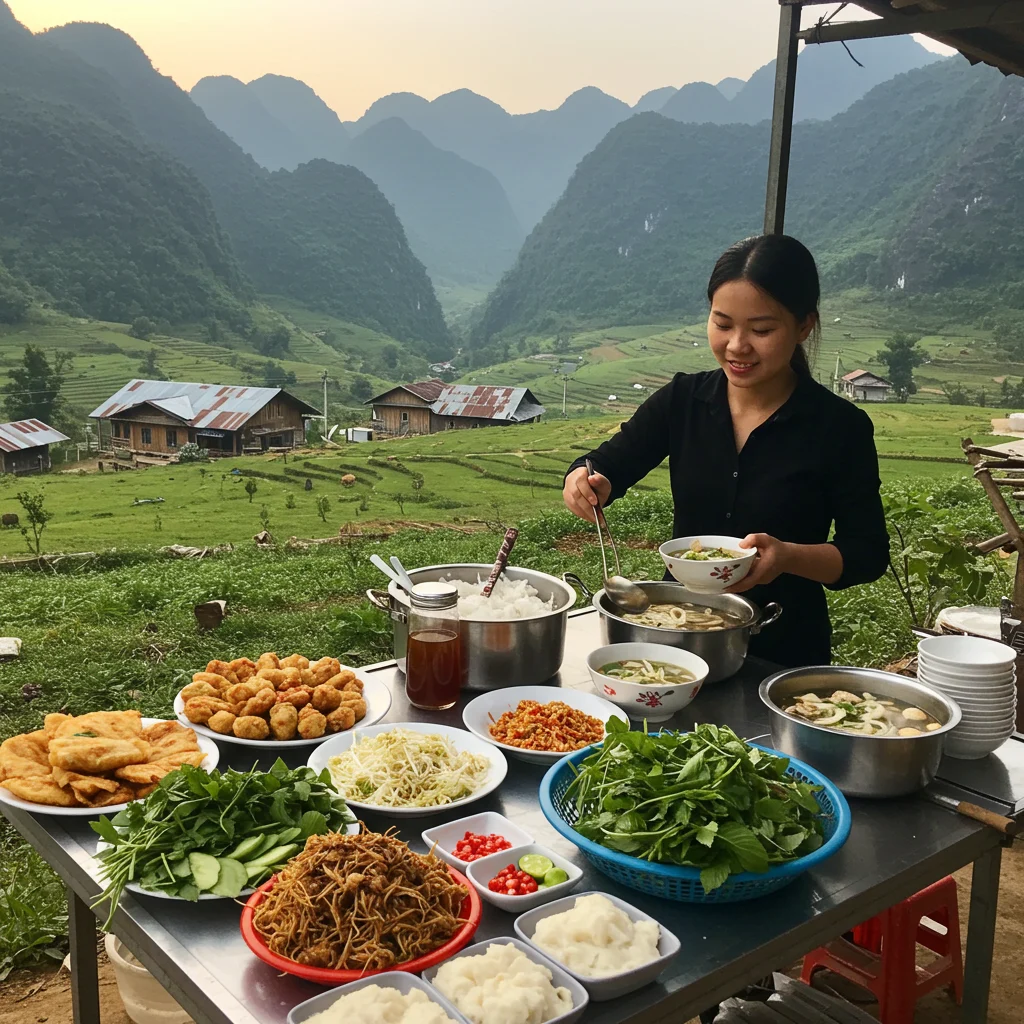
Must-Try Local Dishes
Signature dishes include thang co (a traditional stew), grilled meats, and sticky rice. Fresh herbs and mountain vegetables add vibrant flavors to every meal.
Where to Eat Along the Route
Family-run eateries and market stalls line the route, serving hearty, home-cooked meals. Sharing a meal with your host family is a highlight of any homestay experience.
Vegetarian and Dietary Options
While meat is prominent in local cuisine, vegetarian options are available upon request. We suggest communicating your dietary preferences in advance, especially when staying in smaller villages.
Accommodation Guide: Where to Stay
Accommodation along the Ha Giang Loop ranges from rustic homestays to comfortable hotels. The choice often depends on your desired level of comfort and cultural immersion.

Homestays vs. Hotels: What’s Best for You?
Homestays offer a window into local life, complete with home-cooked meals and lively conversation. Hotels and guesthouses, on the other hand, provide more privacy and modern amenities.
Booking Tips and Recommendations
During peak seasons and festivals, booking in advance is wise. Many homestays can be arranged through your motorbike rental provider or local travel agencies.
Is It Safe to Ride the Ha Giang Loop?
Safety is a top concern for anyone considering the Ha Giang Loop. With proper preparation and caution, the journey can be both thrilling and secure.
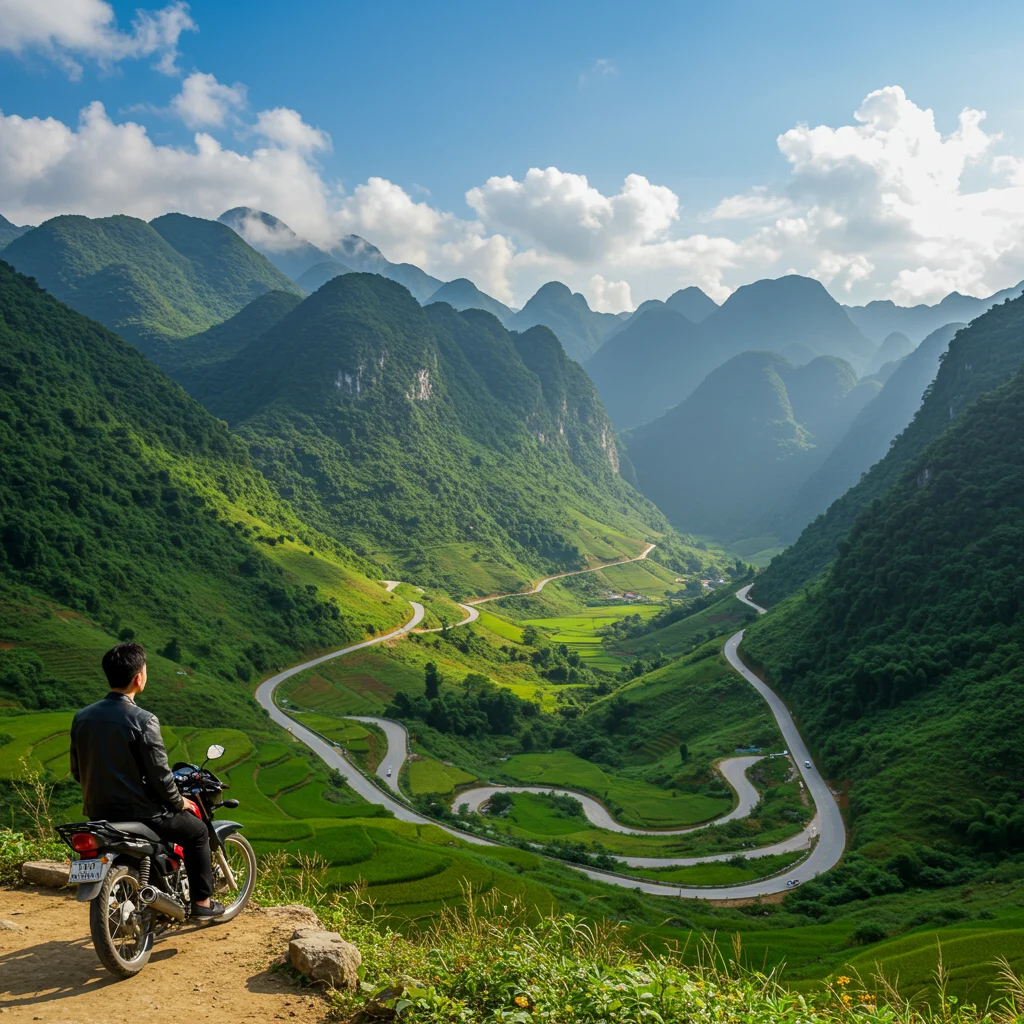
Road Conditions and Hazards
The roads are generally well-maintained but can be narrow, steep, and winding. Landslides and loose gravel are occasional hazards, especially during the rainy season.
Motorbike Safety Tips
We recommend always wearing a helmet, riding at a moderate speed, and taking regular breaks. Avoid riding after dark and stay alert for livestock or unexpected obstacles.
Travel Insurance: Do You Need It?
Comprehensive travel insurance is highly recommended for all riders. Coverage should include medical care, evacuation, and motorbike accidents. For more details on why this is important, learn more in our guide to travel insurance when engaging in adventurous activities.
Health and Medical Facilities
While Ha Giang is remote, basic medical care is available in larger towns. Preparation is key to addressing minor health issues before they become serious.

What to Do in Case of Emergency?
In case of a serious accident or illness, seek help at the nearest clinic or hospital in Ha Giang City or Dong Van. Emergency services may be limited in remote areas, so having a plan is essential.
Pharmacies and Clinics Along the Loop
Small pharmacies are found in most towns, though the selection may be limited. Bring a basic first aid kit and any necessary prescription medications from home.
Budgeting for the Ha Giang Loop
Traveling the Ha Giang Loop is affordable by most standards, but costs can vary based on your preferences for accommodation, food, and transport.
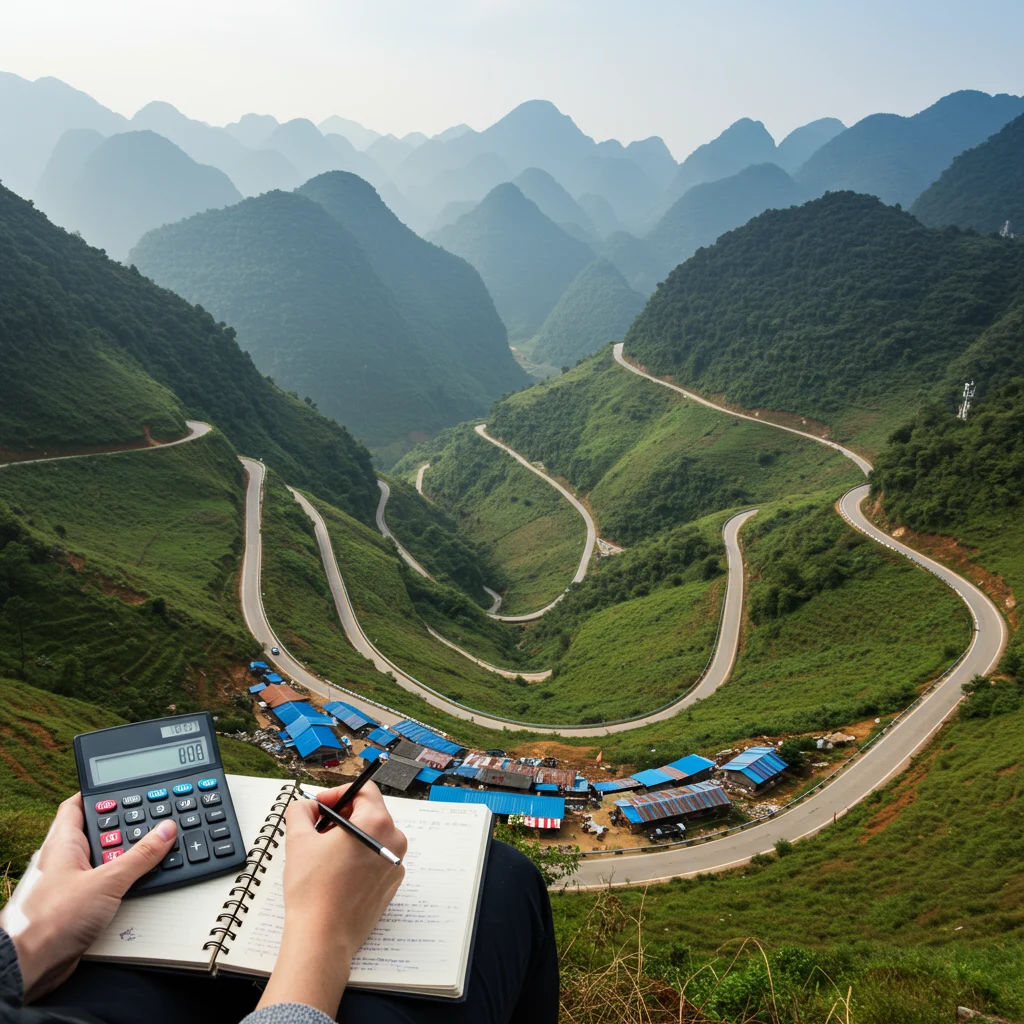
Expected Costs and Daily Expenses
Daily expenses typically include motorbike rental, fuel, accommodation, meals, and permits. Homestays and local eateries are budget-friendly, while private guides or premium hotels will increase costs.
Money Exchange and ATMs
Cash is king in Ha Giang. ATMs are available in Ha Giang City and major towns, but it is wise to carry enough cash for your entire trip. Money exchange services can be found in Hanoi or Ha Giang City.
Responsible and Sustainable Travel Tips
Travelers have a responsibility to protect the environment and support local communities. Mindful actions can help preserve the region’s beauty and culture for future generations.

How to Minimize Your Environmental Impact
We encourage carrying reusable bottles, avoiding single-use plastics, and properly disposing of waste. Stick to marked trails and respect wildlife and local flora.
Supporting Local Communities
Choosing locally owned homestays, buying handicrafts, and participating in community-based tourism initiatives ensures your visit benefits residents directly.
Photography Tips for the Ha Giang Loop
Ha Giang’s landscapes are a photographer’s dream, with dramatic light, vibrant colors, and striking contrasts between mountains and valleys.
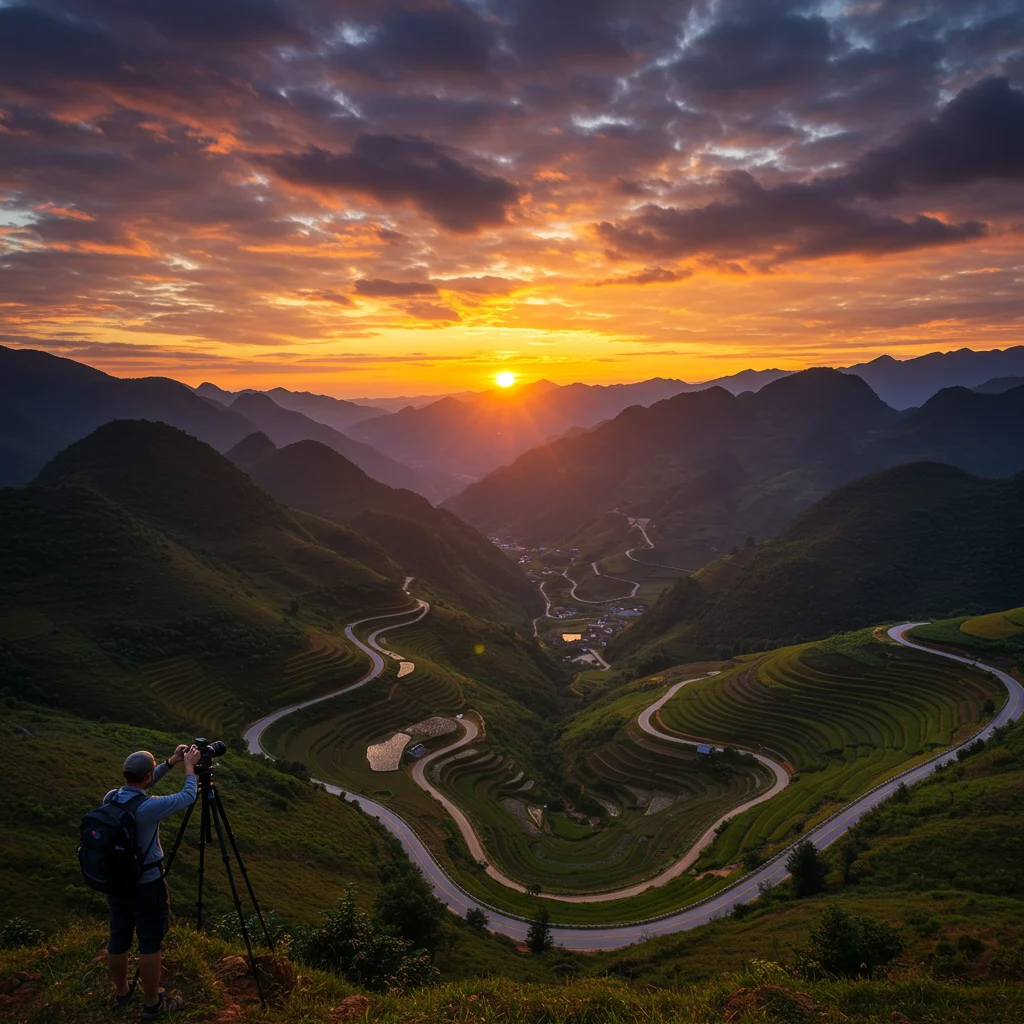
Best Viewpoints and Photo Spots
Top spots include Ma Pi Leng Pass, Quan Ba Heaven’s Gate, and Lung Cu Flag Tower. Early morning and late afternoon offer the best light for capturing the region’s beauty.
Drone Usage: What Are the Rules?
Drones are permitted in most areas, but always check local regulations and avoid flying near border zones or military installations. Be respectful of privacy, especially in villages and at festivals.
Connectivity and Staying Online
Staying connected is possible throughout much of the Ha Giang Loop, though coverage can be patchy in remote areas.

Mobile Coverage and SIM Cards
Vietnamese SIM cards with data are widely available in Hanoi and Ha Giang City. Viettel and Mobifone offer the best coverage in the region.
WiFi Availability in Ha Giang
WiFi is available in most hotels and guesthouses, though speeds may be slow in rural areas. Download maps and key information before setting out each day.
Those who have experienced staying online in remote areas, such as during the Northern Lights bus tour in Iceland, will find similar challenges and solutions in Ha Giang.
What to Do If Your Plans Change?
Flexibility is important when traveling the Ha Giang Loop, as weather, road conditions, or personal preferences may require last-minute changes.

Changing Routes or Extending Your Trip
Many rental shops and homestays are understanding if you need to adjust your itinerary. Communication is key—let your hosts or rental provider know as soon as possible.
How to Get Help or Assistance
In case of breakdowns or emergencies, locals are often eager to assist. Carry a local SIM card and emergency contacts, and do not hesitate to ask for help at guesthouses or police stations.
Common Mistakes to Avoid on the Ha Giang Loop
Some common pitfalls include underestimating the difficulty of the roads, failing to check weather forecasts, riding without proper safety gear, and not carrying enough cash. Preparation and caution go a long way toward a smooth journey.

Final Thoughts: Is the Ha Giang Loop Worth It?
The Ha Giang Loop offers a rare combination of adventure, natural beauty, and cultural immersion. Each day brings new sights, sounds, and connections, making it a journey that stays with you long after you return home. For those who crave authenticity and are willing to embrace the challenges of the road, the rewards are profound.
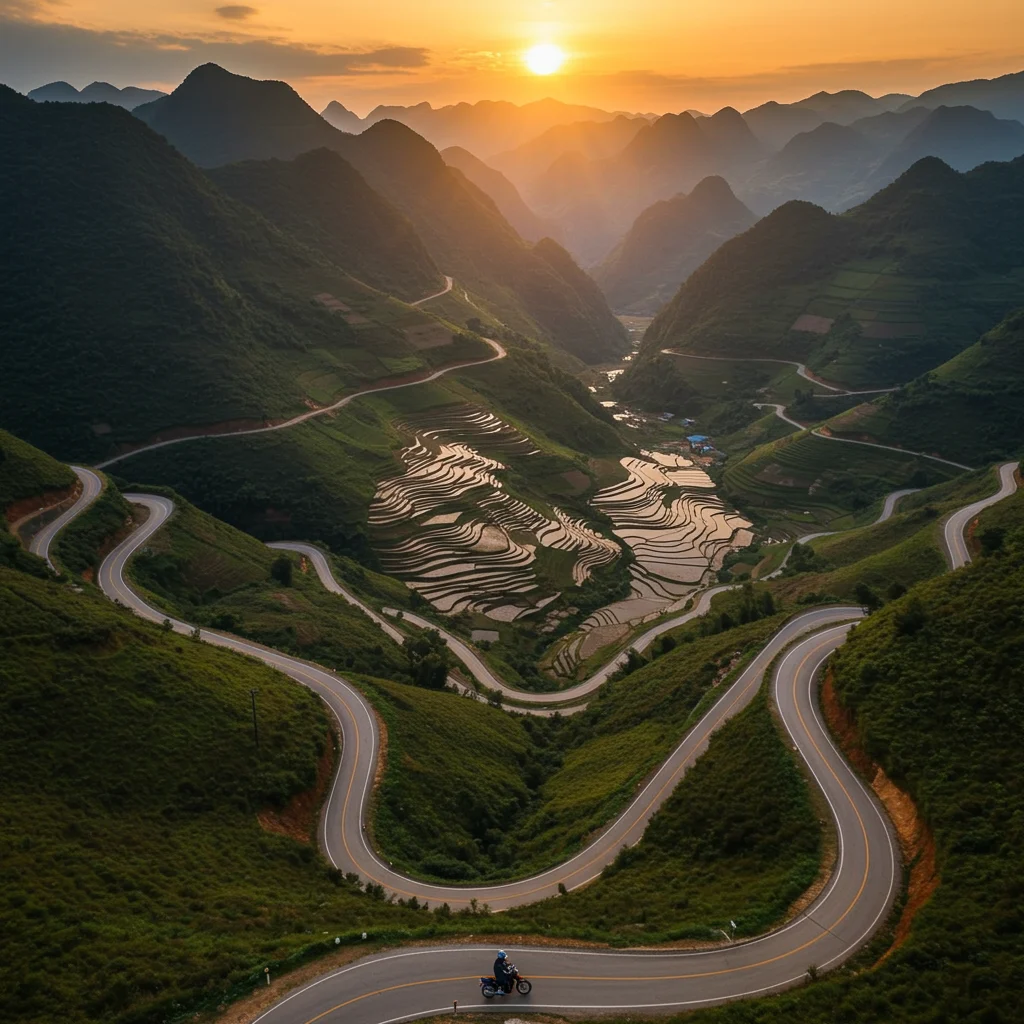
Frequently Asked Questions About the Ha Giang Loop
Is the Ha Giang Loop suitable for beginners? With proper preparation and caution, even novice riders can complete the loop. Consider hiring a guide if you are unsure.
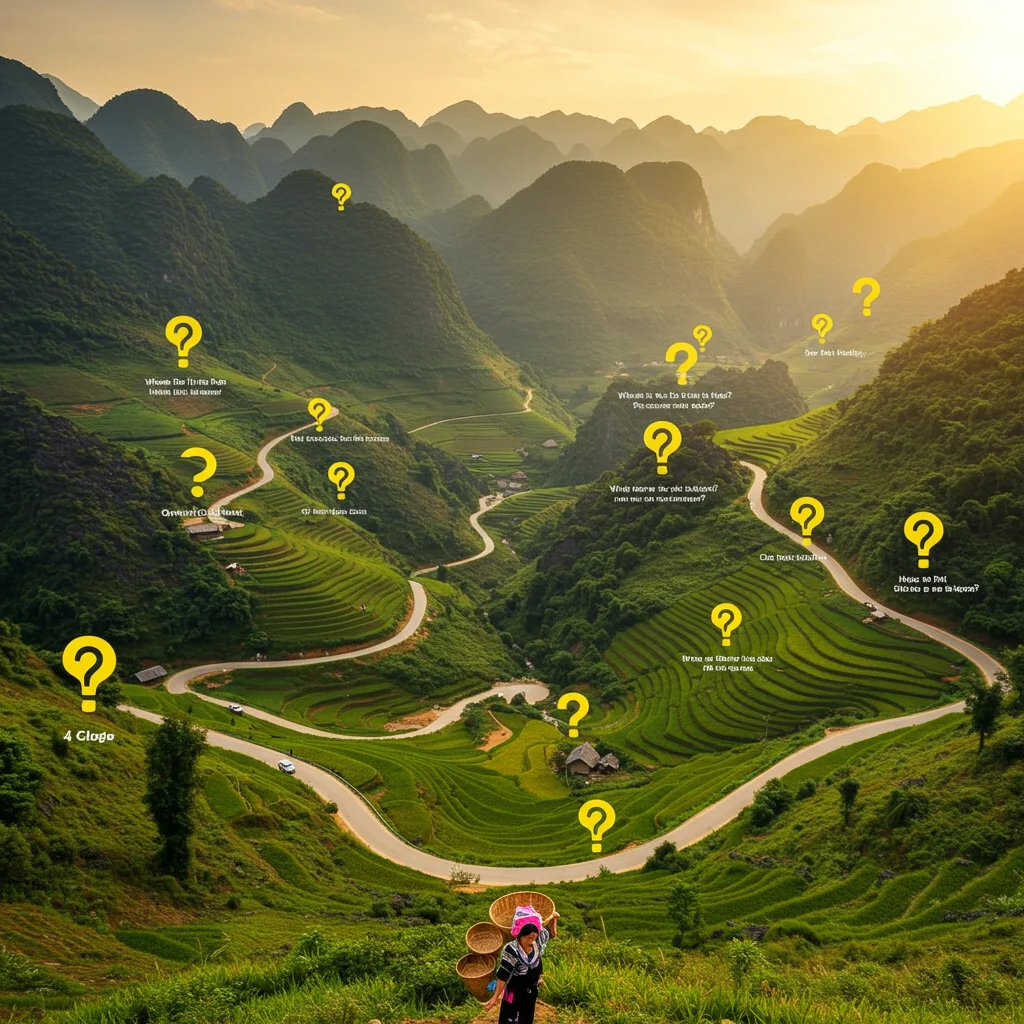
Can I complete the loop in two days? While possible, we recommend at least three days to fully appreciate the scenery and culture.
Are there vegetarian food options? Yes, but communicate in advance, especially in rural areas.
Is travel insurance necessary? Absolutely. Insurance that covers motorbiking and medical emergencies is essential.
Can I rent a motorbike without a license? Most shops require a passport and may ask for an international driving permit, though enforcement varies.
In summary, the Ha Giang Loop stands out as one of Southeast Asia’s most rewarding journeys. If you are inspired to plan your adventure, we invite you to explore more with Tourlik, your trusted source for authentic travel experiences worldwide.

